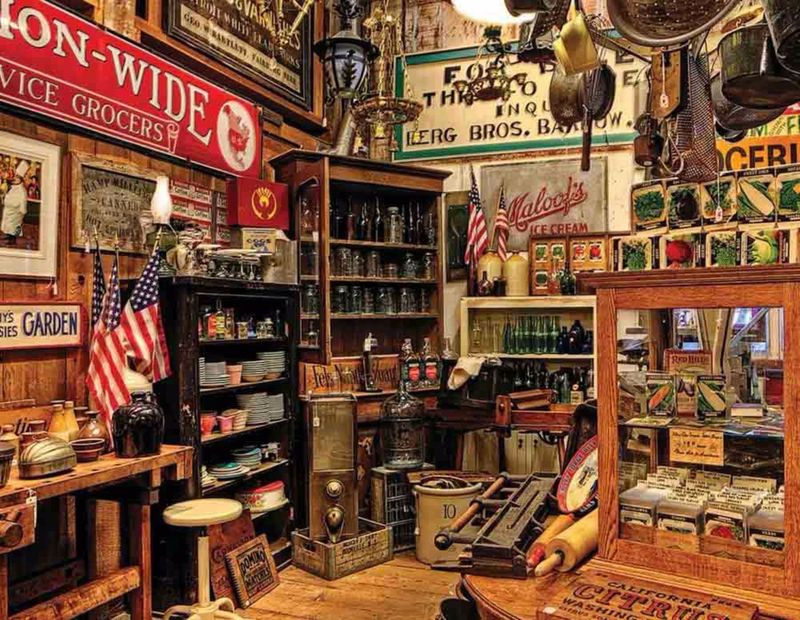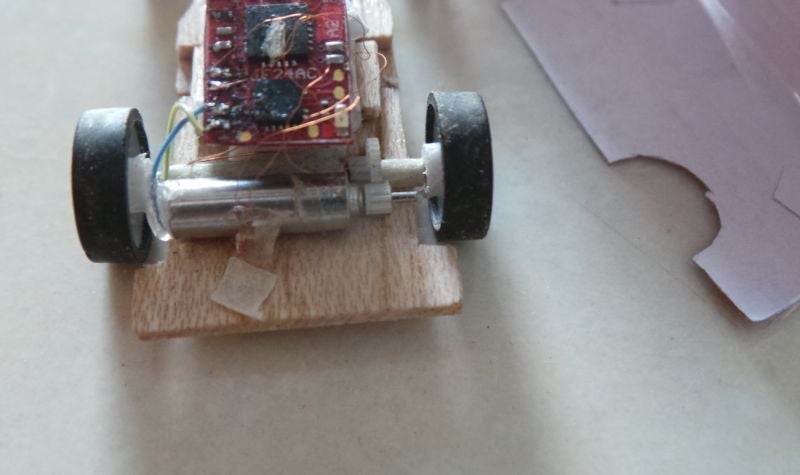
You can find many different Halloween paper crafts for your child. You can make paper ghosts, paper bats and witch wind catchers, among other crafts. These crafts are easy to make with just a couple of scissors and green constructionpaper. Here are some ideas to help you get started. To create the witch, first trace a child's hand on the folded paper and then turn it upside down so that the fingers are on the bottom. Then glue the hand to the wrist. The witch's hat can be cut out using black construction paper. This craft doesn't have to be perfect - it's all about having fun and making it as effective as a witch's costume.
Flying paper ghosts
This Halloween, make a flying paper ghost! Making flying ghosts with paper cups and other pieces can be done by shredding up paper. Black magic markers and sharpies make perfect faces for these spooky ghosts. Also, construction paper is an option. After the ghosts are cut out, you can use black markers for silly faces. They are simple to make and a fun way to celebrate Halloween.

Once you have all of the necessary materials, you can start crafting. Print a ghost template on large sheets of white paper. Cut out the template with scissors and use a black marker to draw the outline of the ghost. You can add googly-eyed eyes and string for extra fun! To hang the ghosts on a doorknob or tree branch, you can attach a string.
Paper plate bats
Create adorable paper plate bats this Halloween using two different paper plates and black craft paint. Paint both halves black and then cut in half. Place them in a row, with the black side facing forward. To keep the pieces together, glue or a hotglue gun can be used. Next, attach wings and a mouth. Finally, you can attach the two halves together and make a pouch. Then fill the pouch with candy.
Get a free template to create a paper-plate bat. Next, cut the bat body and eye shapes. Attach the tongue as well as the ears to your bats with glue. Add bat fangs on the top of the lips. After the wings are attached, glue on the wings. Let dry completely. Now, you're ready to decorate your bat! You can make multiple bats and hang them on the ceiling or wall in your classroom.
Paper plate witch windcatchers
Make a paper plate witch wind catcher for Halloween This craft is easy and a great way to celebrate Halloween together with children of all ages. Paper plates can be used every year year because they are cheap and easy to reuse! Pick the right colours for Halloween decorations, but be careful! You can hang your witch windcatcher either outdoors or indoors. Creating your own Halloween wind catcher is sure to give your home a spooky vibe!

If you have some spare paper plates lying around, cut them into a shape you prefer. One paper plate can be used to make a ghost. You can make it look like one ghostly paper plate by adding googly eyes. The paper plate ghost-wind catcher is another Halloween craft. This craft is easy to make, and you can display it on your porch, in your home, or in your window for a scary Halloween display.
FAQ
How do I start my new hobby?
It is important to choose the type of hobby you want to start.
Passion is key once you have chosen your topic.
It is crucial to know why you want to pursue a hobby. This will help give you direction and provide a purpose.
Once you decide what kind of hobby you want, you can start planning.
Think about the equipment that will be needed.
Consider whether classes or seminars are necessary.
Ensure that you have enough space for your hobby.
It might also be worth considering joining a group or club. These groups often offer advice and support.
Think about how much you'd need to spend on your hobby.
What are collection hobbies?
The most loved collections include books, movies and music.
You can also collect stamps, coins and cars as well as dolls, action figures, figurines, art supplies, kitchen utensils, jewelry and watches as well...
You get it?
Where can I find resources for learning more about hobbies?
There are tons of websites devoted to helping people discover new hobbies.
Here are some of our favorite:
www.trythisathome.com - This site provides a list of over 100 different hobbies. This site also contains information on how you can get started with each of them.
www.hobbyfinders.org offers a huge database with thousands of activities. You can search for your interests, skills, location, and many other criteria.
www.indiebazaar.co.uk - IndieBazaar is an online marketplace designed specifically for independent artists and musicians. The site features hundreds of products ranging from artwork to music gear.
www.pinterest.com/explore/hobbies - Pinterest is a social media network that lets users "pin" images they find interesting onto their boards. Boards let users organize what they like into particular categories.
www.reddit.com/r/Hobbies: Reddit, another social media platform, allows users to post links to articles and videos. Voting lets users vote for which posts are the most valuable.
Is it possible that you can make a lot of money from your hobby?
Not necessarily.
However, it is possible to become wealthy by starting a business around your hobby.
Let's assume you like cooking. You love healthy food so you open a new restaurant.
Customers are charged a small fee for organic food made from scratch.
Over time, you grow your clientele and eventually hire employees who work alongside you.
You may eventually add vegan dishes and gluten-free options to your menu.
In this situation, you have a successful business which has allowed you the freedom to lead the lifestyle that you want.
But, it doesn't mean your day job must be abandoned.
You could, instead, run your restaurant while also maintaining your regular 9-5 work schedule.
How can I find a hobby for myself?
When you first start your journey into finding a hobby, you may feel like you've got nothing to choose from.
You might be thinking "I'm not very creative" or "I am terrible at sports" or even "I don’t know anything”.
But the truth is, you probably already have a lot of experience to draw upon when looking for a hobby.
It's just not something you're aware of.
Have a look at your home. How much stuff do you own?
Are there any toys that you don't use anymore?
Perhaps you have a collection books or magazines.
You might have always wanted the ability to cook.
Or maybe you'd really like to start playing guitar again.
Whatever it may be, you can likely turn it into something.
It is important to recognize that you already have a lot of experience to draw from.
Once you do that, you can choose a hobby to fit your life.
What is a hobby for kids?
Anything kids like to do that is not part of their daily routine is a hobby. You might find them interested in drawing, building things, painting, writing stories, playing with toys, listening to music, reading books, watching TV, and playing computer games. They may also like to play soccer, football, basketball, cricket, rugby, baseball, and hockey.
Many parents are concerned that their children may get into trouble if allowed to do as they please. But this isn't always true. They won't get into trouble if your child is safe and does not cause harm to others or themselves.
It is important to remember that people may not always choose to do what they enjoy. If they don't like writing but love drawing, they might choose to draw images instead.
There are lots of different types of hobbies out there, so it's really up to you to pick one that you enjoy most.
Statistics
- A new survey by Pew Research Center of teens ages 13 to 17 finds that 36% of girls feel tense or nervous about their day every day; 23% of boys say the same. (pewresearch.org)
- In comparison, men in the “no humor” condition were refused 84.6% of the time and were only accepted 15.4% of the time. (time.com)
- The intensity of the dialogue partners' bond at the end of the forty-five-minute vulnerability interaction was rated as closer than the closest relationship in the lives of 30 percent of similar students. (time.com)
- 37% Video Games 36% Travel 36% Health and Fitness (quizexpo.com)
- I am 100% biologically a woman (discover.hubpages.com)
External Links
How To
How to begin gardening
Gardening is one form of agriculture that dates back to the beginning. You need patience, perseverance, and determination. The first step to starting a garden is to pick a spot where you will grow food. This could be on a large piece of land or in your backyard. Next, pick the type of plants that you would like. Do you prefer vegetables or flowers? Some people enjoy growing herbs and others prefer raising livestock like rabbits. Before you decide on what type of crops to plant you need to take into consideration how much space you have. If you live in a region that experiences cold winters then it is possible to grow fruits and berries.
After you have decided what you want to plant, it is important that you prepare the soil. Your plants' success or failure will depend on the soil they are placed in. High quality soil is rich in organic matter, which feeds your plants' roots. Organic matter can include leaves, twigs and grass clippings as well as manure and compost. After you have prepared your soil you must add nutrients. The type of plant you intend to grow will dictate the amount of nutrients you need. An online fertilizer calculator can help you calculate these values. There are many fertilizers available so be sure to know what you are purchasing.
After preparing your soil and adding the proper nutrients, you now need to wait until your seeds germinate. The process typically takes 2 to 3 weeks depending on the weather conditions and temperature in your area. After seeds have sprouted, water them every day. You can endanger your plants if you water them too often or too little. You should ensure that your plants get enough water at regular intervals. Avoid overwatering. Overwatering can result in root rot, fungal diseases, and even death. Remember that plants need less water in the summer than they do in the winter. Some plants must be dried out after being watered. For example, tomatoes need to stay slightly moist but not wet. They don't like to sit in soggy soil. After flowers are finished, plants must go dormant. Dormancy occurs when plants stop producing any new growth and start to store energy for the next harvest. Dormancy means that the plant stops communicating with its roots about producing food. Throughout this time, plants can store energy. If temperatures fall below freezing or the plants are not getting enough sunlight, they will die.
Living in urban areas may restrict the types of plants you can plant. Concrete sidewalks, roads, buildings and parking lots are all common in urban areas. These blocks block sunlight from reaching ground level. Concrete absorbs light, preventing the soil underneath from getting adequate sun exposure. Many plants can't thrive in urban environments because they lack sunlight. Fortunately, there are still many plants that can thrive in an urban environment. Many trees, perennials, shrubs, as well as shrubs can be adapted to urban living. In addition, many annuals can be grown indoors in containers. Container gardens can be used to grow greenery indoors year-round, no matter what the weather outside.
You're now ready to plant after you have chosen where and what to grow in your garden.